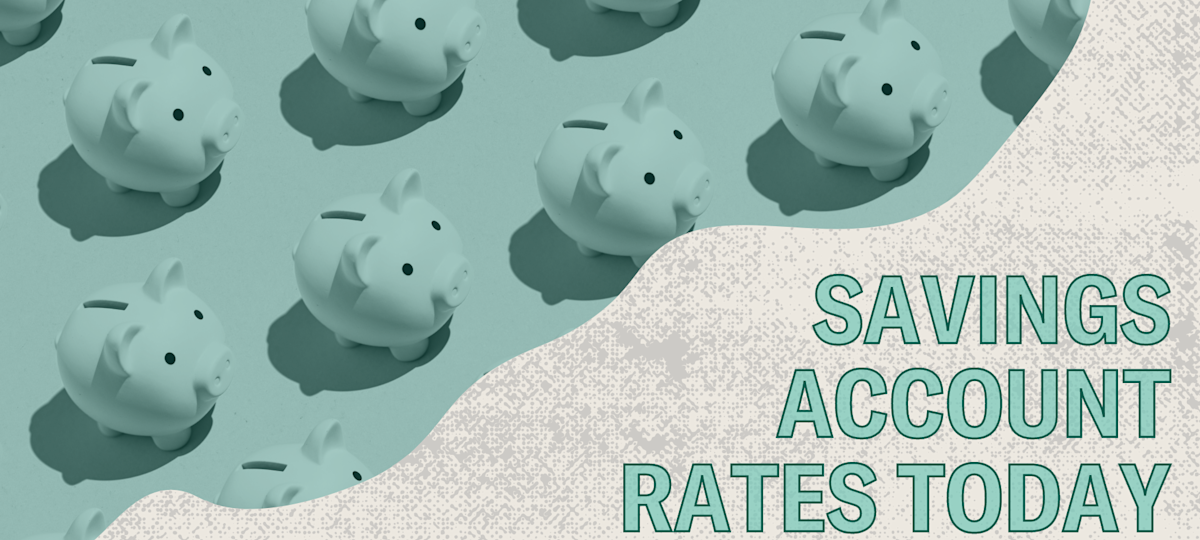How higher APYs impact earnings
The difference between the average rate and leading offers translates into a meaningful gap in interest earnings:
- Depositing $1,000 at the national average of 0.39% APY with daily compounding yields approximately $3.91 in interest after one year.
- The same amount in a high-yield account paying 4% APY grows to roughly $40.81, more than ten times the return.
- A balance of $10,000 in a 4% APY account would generate around $408.08 in interest over 12 months.
These figures illustrate why personal-finance experts often recommend shopping for the best available APY, particularly in a low-risk vehicle such as a federally insured savings account.
Why rates vary
Savings rates respond to broader economic conditions, including decisions by the Federal Reserve on its benchmark federal funds rate. When the central bank raises or lowers that target, banks and credit unions typically adjust deposit rates in the same direction, though not always at the same pace.
Online banks tend to move faster because they rely more heavily on deposits to fund lending and other activities. Traditional brick-and-mortar institutions, which have established customer bases and multiple revenue streams, often lag behind.
Key factors to compare
Before opening a new account, consider the following elements in addition to the headline APY:
- Compounding frequency: Interest that compounds daily will grow faster than interest that compounds monthly.
- Fees: Monthly service charges or excess withdrawal fees can erode returns.
- Minimum balance: Some high-yield accounts require a specific deposit to earn the advertised rate.
- Access: Evaluate mobile apps, customer service hours and transfer limits to ensure the account meets day-to-day needs.
Next steps for savers
With APYs at multi-year highs, consumers may benefit from reviewing existing savings vehicles and moving funds to more competitive options. Comparing rates, account terms and insurance coverage can help maximize returns without increasing risk.
For additional guidance on optimizing cash reserves, visit our Financial Planning section, where you will find up-to-date strategies and tools.
Image credit: Casey Bond



